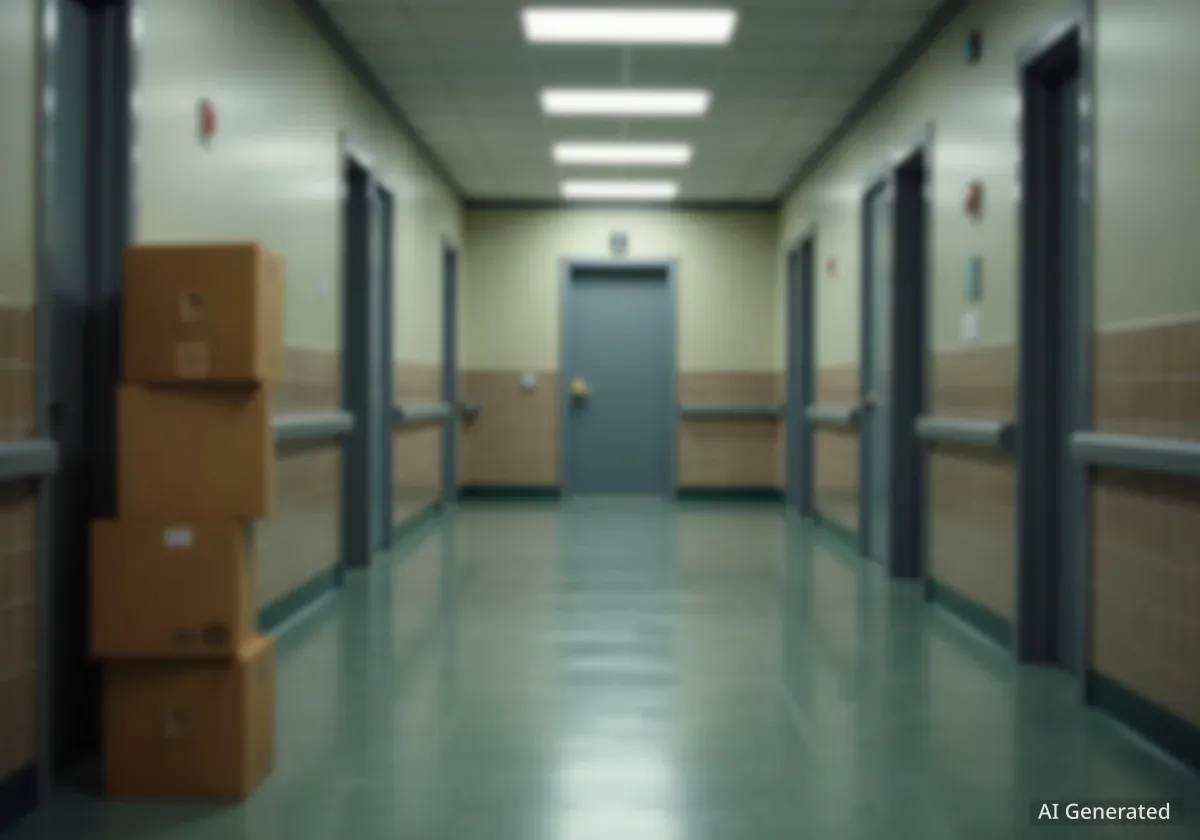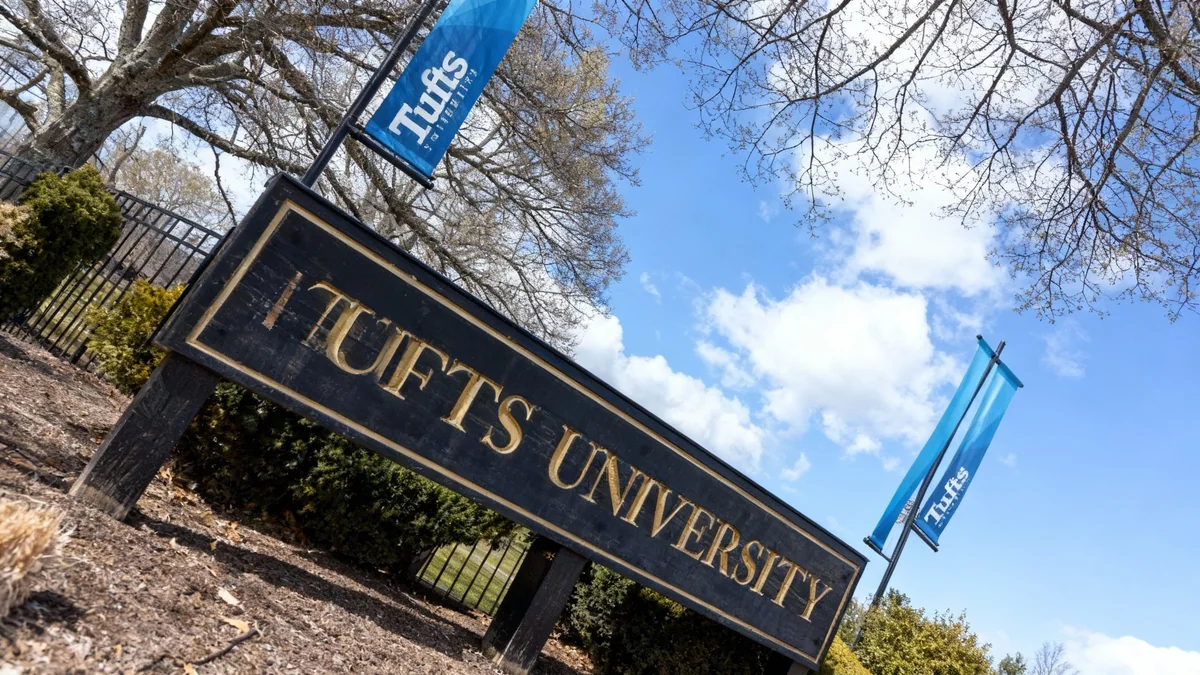The University of Louisiana at Lafayette has eliminated six staff positions and is restructuring several administrative departments to address a significant financial challenge. In a communication to the campus community, Interim President Dr. Jaimie Hebert confirmed the actions are part of an effort to manage a reported $25 million structural deficit.
The initial changes include the closure of one office and reorganizations within two others, marking the first concrete steps taken since the university's financial situation was publicly detailed last week.
Key Takeaways
- The University of Louisiana at Lafayette is confronting a $25 million structural budget deficit.
- Six staff positions have been eliminated as part of the initial cost-cutting measures.
- The Office of Sustainability and Community Engagement has been closed.
- Administrative restructuring is underway in the offices of Communications and Marketing, and Auxiliary Services.
- Interim President Dr. Jaimie Hebert has committed to transparency and will hold another town hall to discuss the situation.
Details of the Staff Reductions and Restructuring
The university's leadership has initiated targeted changes affecting specific non-academic departments. According to the announcement, these actions are designed to streamline operations and reduce administrative overhead as the institution works to regain fiscal stability.
Affected University Departments
The most significant change is the complete closure of the Office of Sustainability and Community Engagement. This office was responsible for promoting environmental initiatives on campus and fostering partnerships with the local community. The closure results in the elimination of positions associated with its operations.
In addition to the closure, two other key departments are undergoing administrative restructuring:
- The Office of Communications and Marketing: This department handles the university's public relations, branding, and official communications. The restructuring here aims to create a more efficient operational model.
- The Office of Auxiliary Services: This office manages non-academic, revenue-generating services on campus, such as dining, housing, the bookstore, and parking. Changes in this area are likely intended to optimize financial performance.
Collectively, these actions have resulted in the elimination of six staff positions across the affected departments. The university has not released details on the specific roles that were cut.
Understanding a Structural Deficit
A structural deficit occurs when an organization's recurring expenses consistently exceed its recurring revenues over time, regardless of short-term economic fluctuations. For a university, this means that fundamental costs like salaries, benefits, and facility maintenance are higher than the income generated from tuition, state funding, and other sources. Addressing it often requires permanent changes to spending or revenue streams, rather than temporary fixes.
Leadership Addresses Financial Challenges
The recent layoffs follow a town hall meeting last week where Interim President Hebert first disclosed the extent of the university's financial problems. The $25 million deficit represents a substantial challenge that requires immediate and strategic action.
In a letter sent to all university employees, Dr. Hebert addressed the difficulty of the decision to eliminate jobs, acknowledging the personal impact on the affected individuals and the broader campus community.
"We recognize the seriousness of this step and the impact it carries. Each position represents a colleague and a friend, and I want to acknowledge the very real effect this has on the members of our campus community."
Hebert reiterated that while significant reductions have been identified, more work is needed to secure the university's financial future. He emphasized that the administration is focused on core priorities throughout this process.
Core Priorities During Restructuring
According to Interim President Hebert, the university's primary goals are to: protect the student experience, support faculty in their teaching and research endeavors, and minimize the human impact of budget cuts wherever possible.
Commitment to Transparency and Future Steps
University leadership has stressed the importance of open communication as it navigates this difficult period. Dr. Hebert's letter underscored a commitment to transparency that he first made during the initial town hall meeting.
He acknowledged that actions like layoffs create a climate of uncertainty on campus. He wrote, "I know actions like those taken today create uncertainty. We have faced hard moments before and moved forward by working together."
Upcoming Campus Town Hall
To continue the dialogue with faculty, staff, and students, another town hall meeting has been scheduled. The event will take place on Wednesday from 3:00 p.m. to 4:30 p.m. in the Student Union’s Bayou Bijou Theater.
This meeting is intended to provide further updates on the university's financial status, address concerns from the community, and solicit ideas for moving forward. The administration has also provided an online form for individuals who cannot attend or who prefer to submit their thoughts privately.
In his closing remarks, Dr. Hebert expressed confidence in the university's ability to overcome the current challenges.
"I believe in our resilience and in our shared commitment to UL Lafayette’s mission. Your dedication to our students and to one another gives me confidence that, even in the most challenging of times, we will continue to move forward."
The university community is now looking toward the upcoming town hall for more information on the scope of future actions and the long-term strategy for closing the $25 million budget gap.





